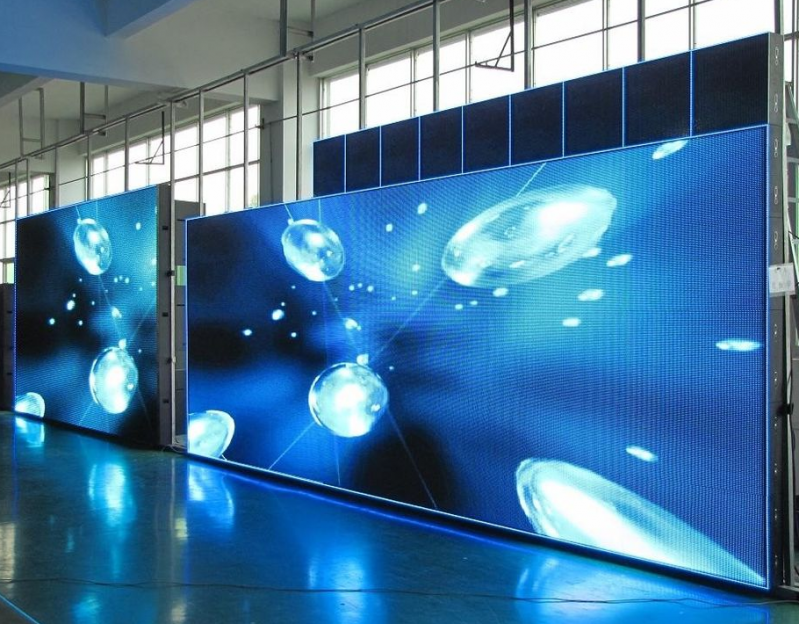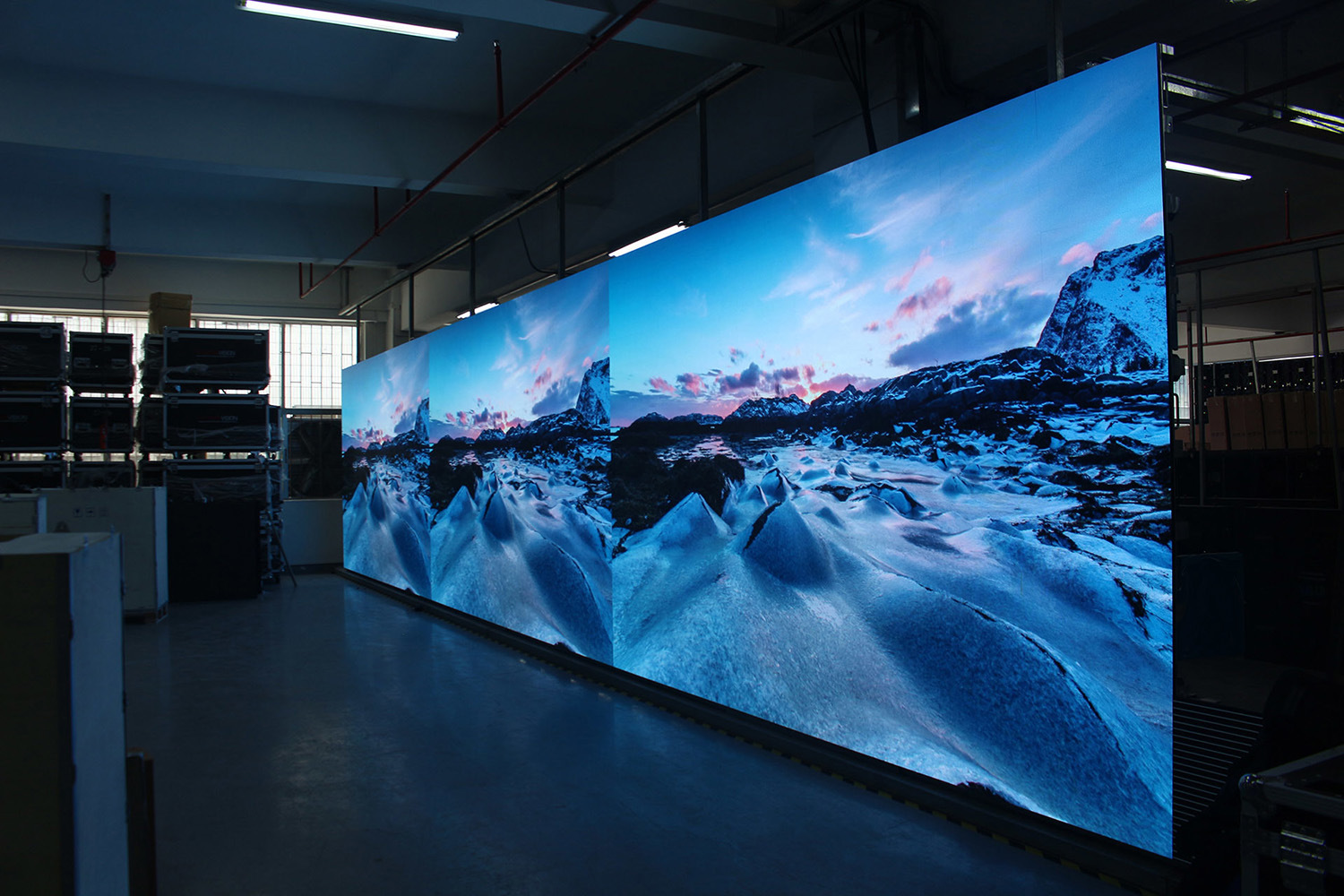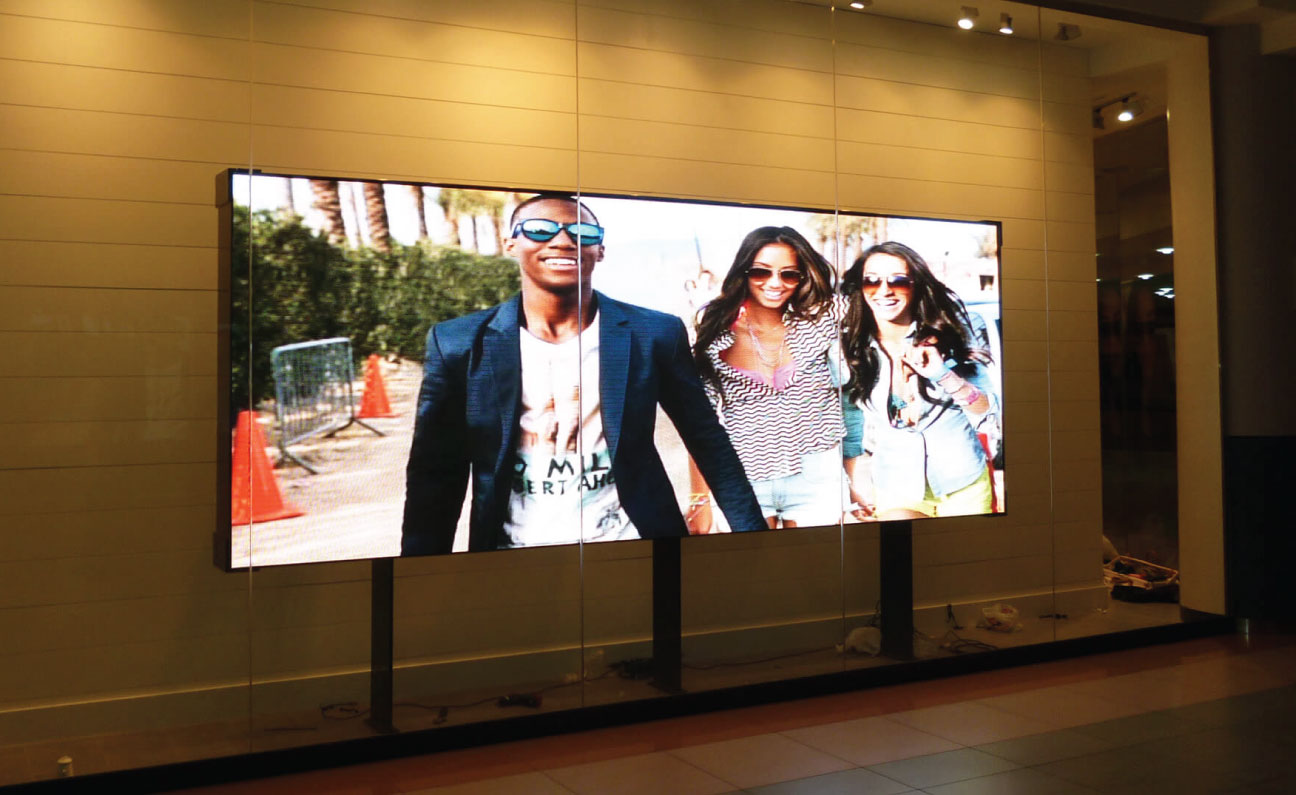Indoor LED Panels vs. Outdoor LED Panels: Which One Fits Your Business Needs Best?
When choosing LED display solutions for your business, selecting the right type—indoor LED panels or outdoor LED panels—is crucial. Both serve distinct purposes and offer unique advantages depending on the environment and application. Understanding their differences will help you make an informed decision that aligns with your business needs.
In this guide, we’ll compare indoor and outdoor LED panels, explore their key features, and help you determine which option is best for your requirements. Whether you’re looking for high-resolution displays for retail spaces or durable screens for outdoor advertising, choosing the right manufacture of LED panels will ensure optimal performance and longevity.
Key Differences Between Indoor and Outdoor LED Panels
1. Brightness and Visibility
- Indoor LED Panels: Designed for controlled lighting conditions, indoor panels have lower brightness levels (typically 1,000–2,500 nits) to ensure comfortable viewing without glare.
- Outdoor LED Panels: Built to withstand direct sunlight, outdoor panels have much higher brightness (5,000–10,000+ nits) to remain visible even in bright daylight.
2. Durability and Protection
- Indoor LED Panels: These are not weatherproof and are best suited for temperature-controlled environments like malls, offices, and conference rooms.
- Outdoor LED Panels: Constructed with robust materials, they feature IP65 or higher waterproof ratings, corrosion-resistant coatings, and enhanced thermal management to endure rain, dust, and extreme temperatures.
3. Pixel Pitch and Resolution
- Indoor LED Panels: Since viewers are usually closer, indoor displays have a smaller pixel pitch (P1.2–P4) for sharper, high-resolution images.
- Outdoor LED Panels: Designed for long-distance viewing, they have a larger pixel pitch (P4–P20), balancing resolution and cost-effectiveness.
4. Viewing Distance
- Indoor LED Panels: Ideal for short to medium viewing distances (e.g., digital signage in stores or corporate lobbies).
- Outdoor LED Panels: Optimized for long-range visibility, making them perfect for billboards, stadiums, and traffic displays.
5. Energy Efficiency and Maintenance
- Indoor LED Panels: Consume less power due to lower brightness and don’t require heavy-duty cooling systems.
- Outdoor LED Panels: Need more energy to maintain high brightness and often include advanced cooling mechanisms to prevent overheating.
Which One Should You Choose?
Best Uses for Indoor LED Panels
✔ Retail stores (digital menus, promotions)
✔ Corporate offices (information displays, video walls)
✔ Conference rooms & event venues
✔ Airports & train stations (indoor wayfinding)
Best Uses for Outdoor LED Panels
✔ Digital billboards & outdoor advertising
✔ Sports stadiums & concert screens
✔ Public transport displays (bus stops, train stations)
✔ Traffic information systems
Choosing the Right Manufacturer
When selecting a manufacture of LED panels, consider:
✅ Reputation & experience in producing high-quality displays
✅ Customization options (size, resolution, brightness)
✅ Warranty & after-sales support
✅ Energy efficiency & durability certifications
Final Verdict
The choice between indoor LED panels and outdoor LED panels depends on your business environment and application. Indoor displays excel in controlled settings with high-resolution needs, while outdoor panels offer unmatched durability and visibility in harsh conditions.
By partnering with a trusted manufacture of LED panels, you can ensure you get the best display solution tailored to your business needs.




0 comentário